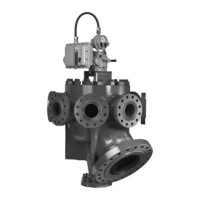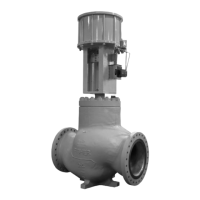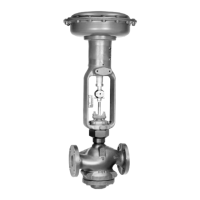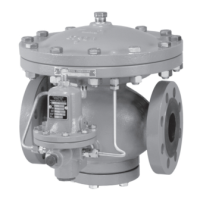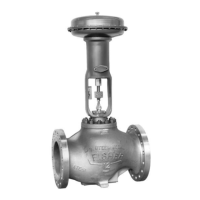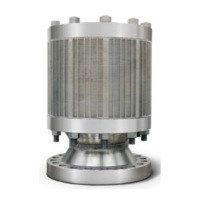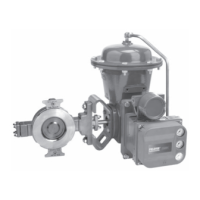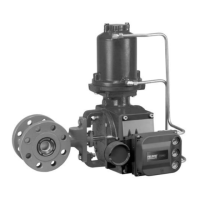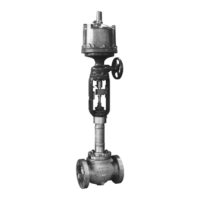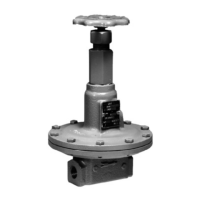FloBoss 407 Instruction Manual
3-36 Rev 5/00
3.5.12 RTD Input Module
The RTD module is similar in operation to an AI module and uses the same troubleshooting and repair
procedures. The RTD module can accommodate two-wire, three-wire, or four-wire RTDs. If two-wire
RTDs are used, terminals B and C must be connected together. If any of the input wires are broken or
not connected, the ROCLINK software indicates the “Raw A/D Input” value is either at minimum (less
than 800) or maximum (greater than 4000) as follows:
♦
An open at terminal A gives a maximum reading.
♦
An open at terminal B gives a minimum reading.
♦
An open at terminal C gives a minimum reading.
To verify the operation of the RTD module, disconnect the RTD and connect a jumper between
terminals B and C of the RTD module. Next, connect either an accurate resistor or decade resistance
box with a value to give a low end reading across terminals A and B. The resistance value required can
be determined by the temperature-to-resistance conversion chart for the type of RTD being used. Use
ROCLINK software to verify that the “Raw A/D Input” value changed and reflects the 0% A/D value.
Change the resistance to reflect a high temperature as determined by the temperature-to-resistance
conversion chart. Verify that the “Raw A/D Input” value changed and reflects the 100% A/D value.
3.5.13 HART Interface Module
The HART Interface Module provides the source for the HART devices and uses two test procedures to
verify correct operation. Use the first procedure to check the integrity of the loop power and the second
to verify communications.
3.5.13.1 Verify Integrity of Loop Power
Equipment Required: Multimeter
1.
Measure voltage between terminals A and B to verify channel 1.
2.
Measure voltage between terminals A and C to verify channel 2.
The voltage read in both measurements should reflect the value of +T less the voltage drop of the
HART devices. Zero voltage indicates an open circuit in the I/O wiring, a defective HART device, or a
defective module.
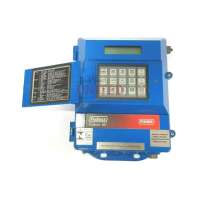
